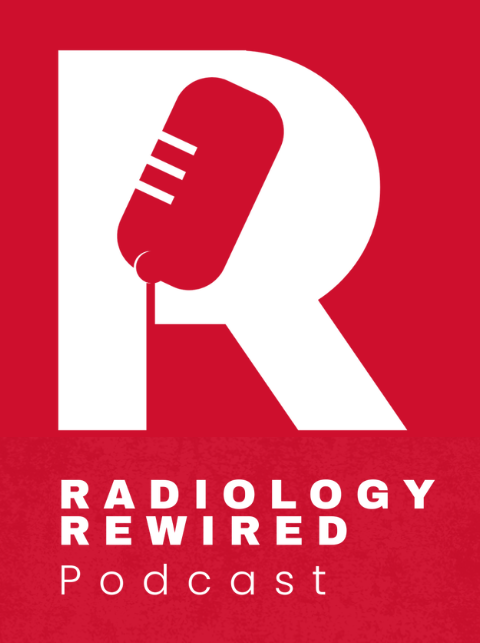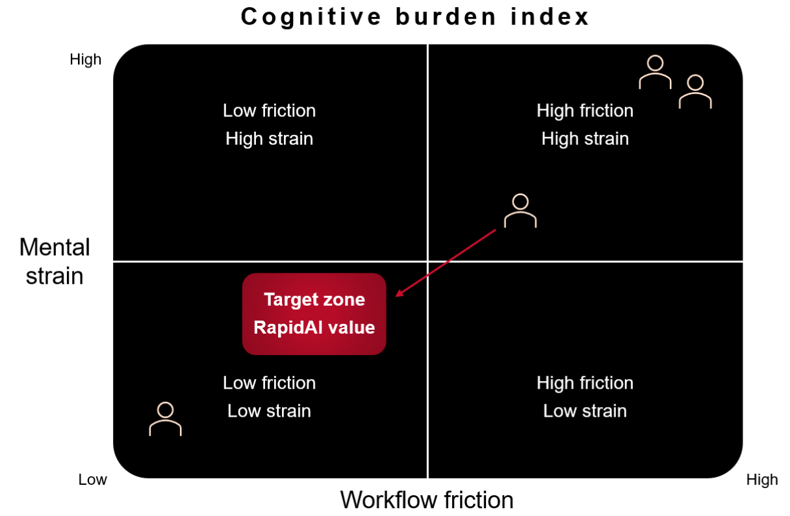RapidAI is proud to partner with the Brain Aneurysm Foundation (BAF) and support its mission to promote early detection of brain aneurysms by raising awareness of the signs, symptoms, and risk factors.
Today, we interview Christine Buckley, the Executive Director of BAF.
- Please share your story and how and when you got involved with BAF.
I've been involved with the Brain Aneurysm Foundation for quite some time. I became their first employee in 2006. I was a volunteer and on the board of directors for eight years before that.
I have a healthcare finance background, and as a volunteer, I just got drawn into the cause and the need for greater awareness and education on brain aneurysms.
When we developed our website in 2002, people started to reach out to us more. So, in late 2005 or early 2006, the board decided to hire its first employee in the Executive Director position. The treasurer asked me then if I would be interested because I volunteered for so long, and I said absolutely!
- Tell us about BAF and its mission.
The mission initially was about support and education. The foundation started in Boston, Massachusetts, and the idea came from a nurse who herself had a rupture. She contacted her treating physician and nurse practitioner and asked if they would help her start this foundation. The treating physician, Dr. Ogilvy, and the nurse practitioner (my sister) co-founded the organization and are still very involved.
The mission has grown from support and education to include advocacy and working to increase research funding.
More specifically, the mission is to
i) Provide information about brain aneurysms' signs, symptoms, and risk factors to prevent ruptures and subsequent death and disability
ii) Work with the medical communities to provide a support network for patients and their families
iii) Advance research to improve patient outcomes and save lives.
- Tell us about the BAF's Day of Engagement.
This year, again, in conjunction with our annual research grant symposium, we have our second Annual Day of Engagement (September 21, 2023).
People in our community always want to help raise awareness and be part of what we're doing. The Day of Engagement includes online social engagement. We have a lot of social posts that day referring to our videos and webinars. We also have a fundraising goal to reach by the end of that day—$ 250,000. There is still a long way to go for that, but hopefully, the fundraiser will be successful like last year,
The Day of Engagement fundraiser will help with our research initiatives. This year, we are funding 17 research projects, a total of $635,000, bringing our total funding today to about $5.5 million.
Brain aneurysm research is very much underfunded. BAF has become the largest private funder. So, the fundraiser is critical to help us continue to fund more grants in the future.
- How can clinicians, nurses, and hospital staff participate and get more involved in BAF's initiatives?
We would love more support and involvement for those in the medical field, whether they are a nurse or a doctor, social worker, or people in rehabilitation.
The main way clinicians are involved right now is through the Medical Advisory Board, which is a strength of this organization. The Medical Advisory Board blesses the data, statistics, and any information that we put forth about the disease. I'm always very grateful to the people from coast to coast and in Canada who are on our Medical Advisory Board and who make this foundation very strong.
When we meet nurses and clinicians who treat brain aneurysms at conferences, we ask them to create support groups for this community of patients. Those who do it see the value in it.
Patients love to return to where they received treatment because when someone survives and gets back to life, they are very grateful to their doctor and nurses for their care. Having that full continuum of care and support is the most critical part. We ask clinicians to use the resources available on our website. They could use our hardcopy booklets and other resources at the clinic to give to patients and their families. Or tell the patients to visit our website and access the resources.
- Tell us about BAF's partnership with RapidAI. How does this partnership support your mission?
Partnering with RapidAI has been fabulous.
RapidAI realizes the importance of supporting our mission of education, awareness, and funding more brain aneurysm research. It makes a big difference to work with an organization with more funding than we do and greater access to some people we don't have access to.
It makes sense that RapidAI is the global leader in deep AI healthcare solutions, and we are thrilled to fund research projects focusing on AI advancements.
I am thankful that RapidAI understands our mission and what we're trying to do. They realize they can elevate our vision and help us, ultimately saving lives and reducing disabilities from ruptures.
Learn about Rapid Surgical Preview, an FDA-cleared imaging platform for comprehensive cerebral aneurysm management.
Learn about brain aneurysms, symptoms, and risk factors by visiting Brain Aneurysm Foundation (bafound.org). You can also participate in the Brain Aneurysm Foundation's Day of Engagement on September 21, 2022, and help promote the early detection of brain aneurysms.

